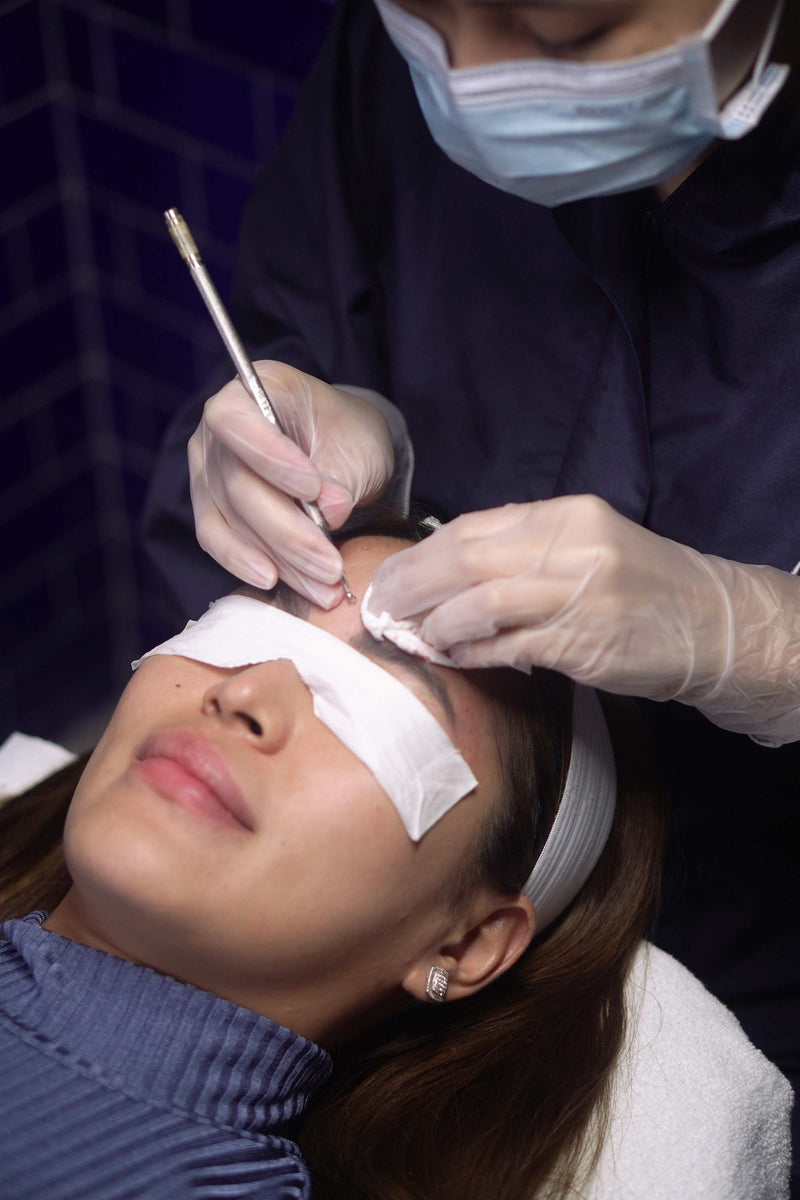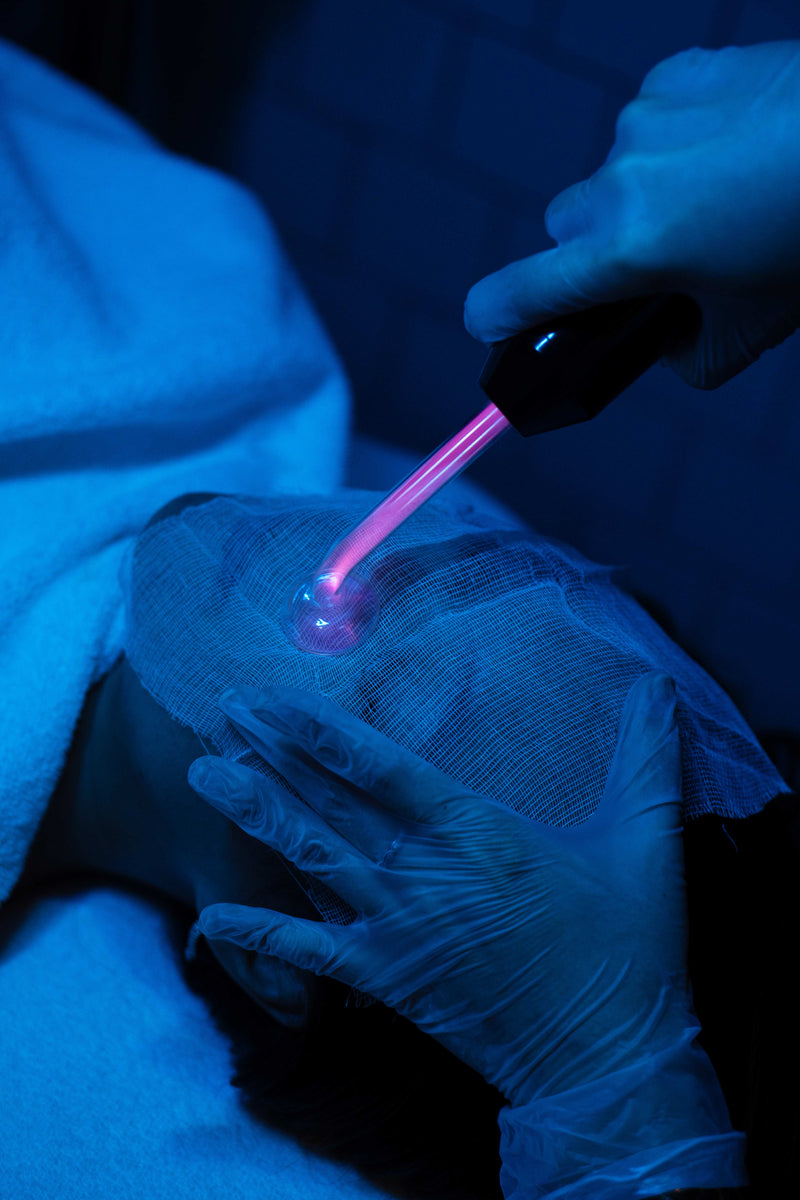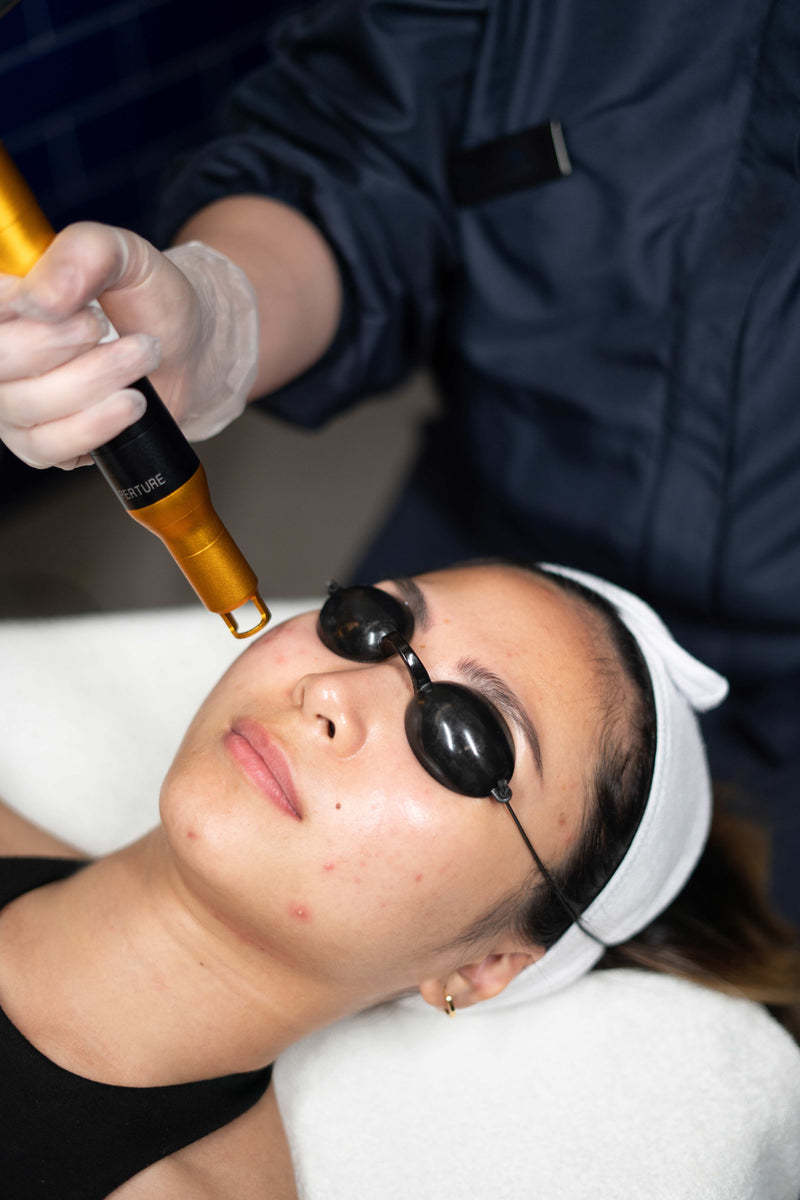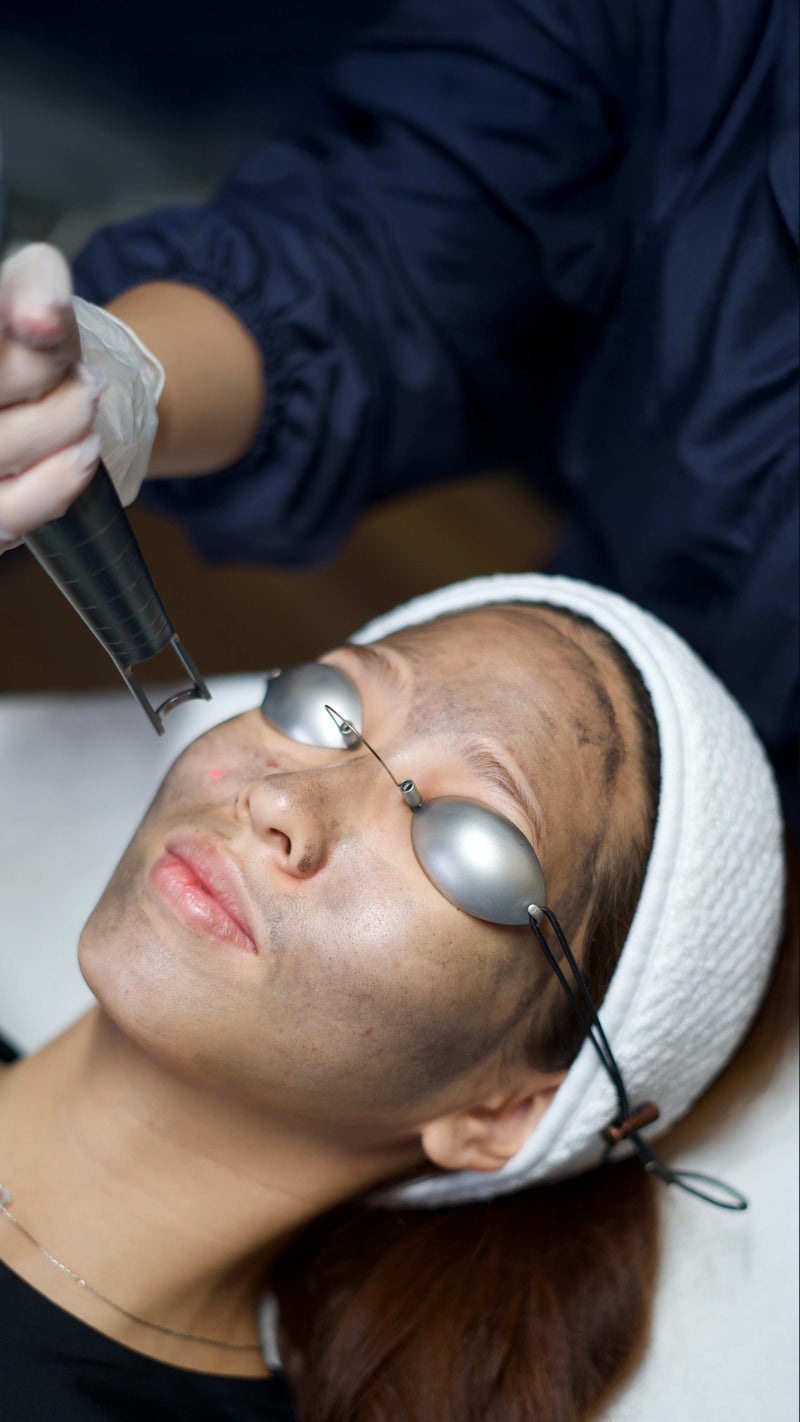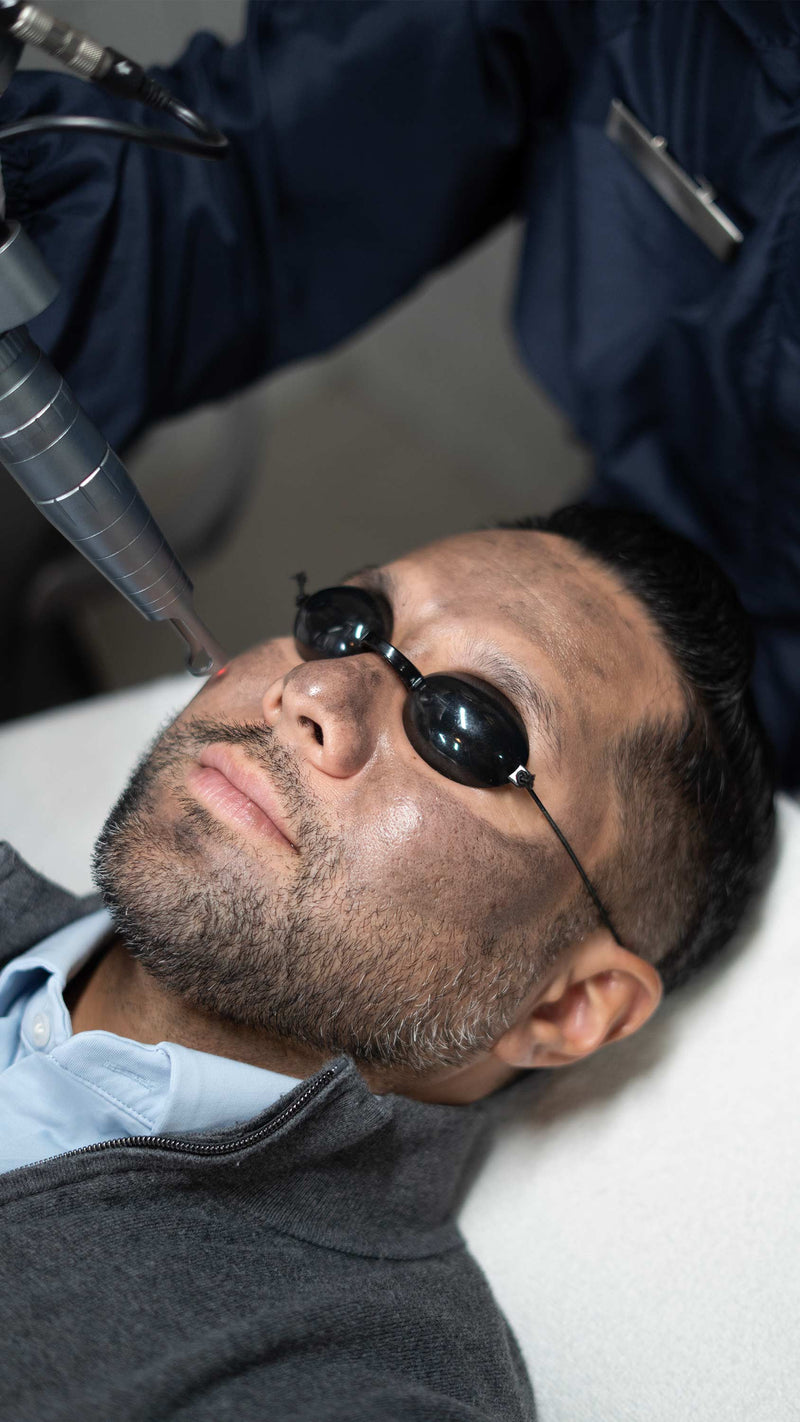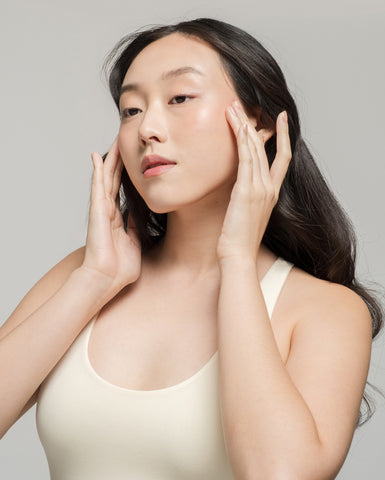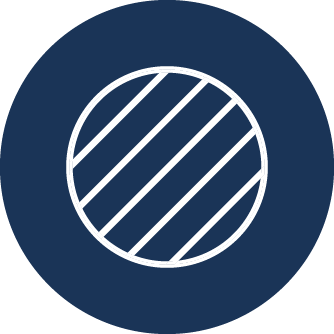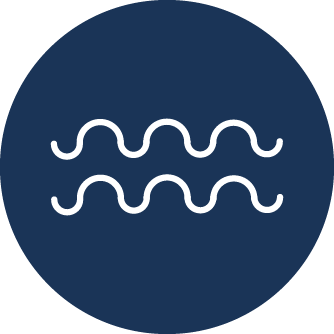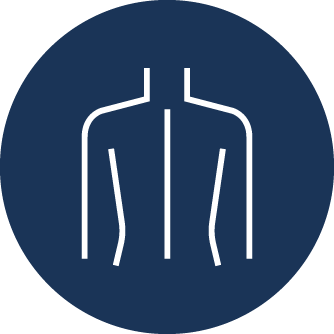All About Acne
Discover what really causes acne and how to treat it with care that’s medically sound and made for your skin.
What is acne?
Acne is a chronic skin condition that affects up to 85% of adolescents and young adults, and around 50% of adults. In the Philippines, that adds up to an estimated 17 million people living with acne.
Despite how common it is, acne is still widely misunderstood. An observational study in the country shows many Filipinos have misconceptions about what causes it and how to treat it.
While often viewed as a cosmetic issue, acne is also a medical condition. Left untreated, it can affect more than just your skin. It can also impact your self-esteem, mental health, and overall quality of life.
Because acne can have long-term physical and emotional effects, it’s best to consult a board-certified dermatologist who can accurately assess your skin and design a treatment plan that works for you.
What causes acne?
Acne usually develops through a combination of factors that trigger oil buildup, clogged pores, bacteria, and inflammation:
- Excess sebum (oil) production
Your skin naturally produces oil to protect itself, but too much sebum can lead to oily skin and congestion. - Clogged pores
Excess oil traps dead skin cells, bacteria, and debris inside your pores. - P. acnes bacteria
These bacteria thrive in clogged pores and break down oil into fatty acids, which leads to inflammation. - Inflammation
The buildup of oil, bacteria, and debris can cause your pores to rupture—leading to redness, swelling, and an increased risk of scarring.
Other potential triggers:
- Genetics: Acne often runs in families.
- Hormonal changes: Puberty, pregnancy, PCOS, menstruation, or birth control changes can all trigger breakouts.
- Stress: Elevated stress hormones may increase sebum production.
- Diet: High-glycemic foods and dairy (especially skim milk) may trigger acne in some individuals.
- Comedogenic products: Thick creams, makeup, and oil-based products can clog pores.
- Medication: Steroids, antidepressants, lithium, and some diuretics may cause acne as a side effect.
Types of Acne
Not all acne looks– or acts– the same. Understanding the type of acne you have can help guide your treatment options.
- Mild (Comedonal) Acne
Non-inflamed whiteheads and blackheads caused by clogged pores. - Moderate (Inflammatory) Acne
Red, tender pimples that may be pus-filled (papules and pustules). - Severe (Nodular/Cystic) Acne
Large, painful bumps that lie deep beneath the skin, often with a risk of scarring.
How To Treat Acne
There’s no one-size-fits-all solution for acne. But with the right combination of treatments and professional guidance, it’s 100% treatable.
Topical Treatments
Best for: Mild to moderate acne
Common active ingredients include:
- Salicylic Acid
- Benzoyl Peroxide
- Retinoids
These reduce oil production, unclog pores, and help fight acne-causing bacteria.
Oral Treatments
Best for: Moderate to severe acne
- Oral antibiotics target bacteria and reduce inflammation (usually prescribed short-term to prevent resistance).
- Isotretinoin is a powerful medication for severe acne, typically taken over several months with close monitoring by your dermatologist.
In-Clinic Dermatological Treatments
Best for: Persistent or severe cases
- Extractions (manual removal of comedones)
- Chemical peels (exfoliates skin and clears pores)
- Cortisone injections (rapidly reduce inflammation in cystic acne)
- Laser therapy (reduces oil glands and acne-causing bacteria)
These professional treatments can be combined with your topical or oral regimen for more effective, long-lasting results with minimal side effects.
Bottom Line
Acne isn’t just a phase and it’s not something you have to go through alone. With expert care, the right combination of treatments, and a little consistency, clear, healthy skin is more than possible.
What is acne?
Acne is a chronic skin condition that affects up to 85% of adolescents and young adults, and around 50% of adults. In the Philippines, that adds up to an estimated 17 million people living with acne.
Despite how common it is, acne is still widely misunderstood. An observational study in the country shows many Filipinos have misconceptions about what causes it and how to treat it.
While often viewed as a cosmetic issue, acne is also a medical condition. Left untreated, it can affect more than just your skin. It can also impact your self-esteem, mental health, and overall quality of life.
Because acne can have long-term physical and emotional effects, it’s best to consult a board-certified dermatologist who can accurately assess your skin and design a treatment plan that works for you.
What causes acne?
Acne usually develops through a combination of factors that trigger oil buildup, clogged pores, bacteria, and inflammation:
- Excess sebum (oil) production
Your skin naturally produces oil to protect itself, but too much sebum can lead to oily skin and congestion. - Clogged pores
Excess oil traps dead skin cells, bacteria, and debris inside your pores. - P. acnes bacteria
These bacteria thrive in clogged pores and break down oil into fatty acids, which leads to inflammation. - Inflammation
The buildup of oil, bacteria, and debris can cause your pores to rupture—leading to redness, swelling, and an increased risk of scarring.
Other potential triggers:
- Genetics: Acne often runs in families.
- Hormonal changes: Puberty, pregnancy, PCOS, menstruation, or birth control changes can all trigger breakouts.
- Stress: Elevated stress hormones may increase sebum production.
- Diet: High-glycemic foods and dairy (especially skim milk) may trigger acne in some individuals.
- Comedogenic products: Thick creams, makeup, and oil-based products can clog pores.
- Medication: Steroids, antidepressants, lithium, and some diuretics may cause acne as a side effect.
Types of Acne
Not all acne looks– or acts– the same. Understanding the type of acne you have can help guide your treatment options.
- Mild (Comedonal) Acne
Non-inflamed whiteheads and blackheads caused by clogged pores. - Moderate (Inflammatory) Acne
Red, tender pimples that may be pus-filled (papules and pustules). - Severe (Nodular/Cystic) Acne
Large, painful bumps that lie deep beneath the skin, often with a risk of scarring.
How To Treat Acne
There’s no one-size-fits-all solution for acne. But with the right combination of treatments and professional guidance, it’s 100% treatable.
Topical Treatments
Best for: Mild to moderate acne
Common active ingredients include:
- Salicylic Acid
- Benzoyl Peroxide
- Retinoids
These reduce oil production, unclog pores, and help fight acne-causing bacteria.
Oral Treatments
Best for: Moderate to severe acne
- Oral antibiotics target bacteria and reduce inflammation (usually prescribed short-term to prevent resistance).
- Isotretinoin is a powerful medication for severe acne, typically taken over several months with close monitoring by your dermatologist.
In-Clinic Dermatological Treatments
Best for: Persistent or severe cases
- Extractions (manual removal of comedones)
- Chemical peels (exfoliates skin and clears pores)
- Cortisone injections (rapidly reduce inflammation in cystic acne)
- Laser therapy (reduces oil glands and acne-causing bacteria)
These professional treatments can be combined with your topical or oral regimen for more effective, long-lasting results with minimal side effects.
Bottom Line
Acne isn’t just a phase and it’s not something you have to go through alone. With expert care, the right combination of treatments, and a little consistency, clear, healthy skin is more than possible.
